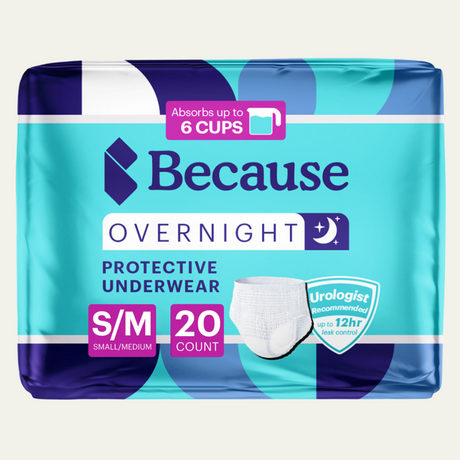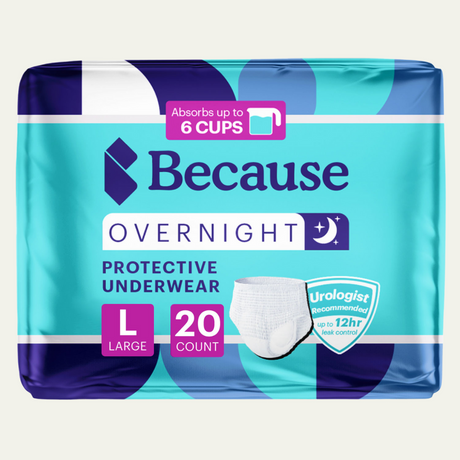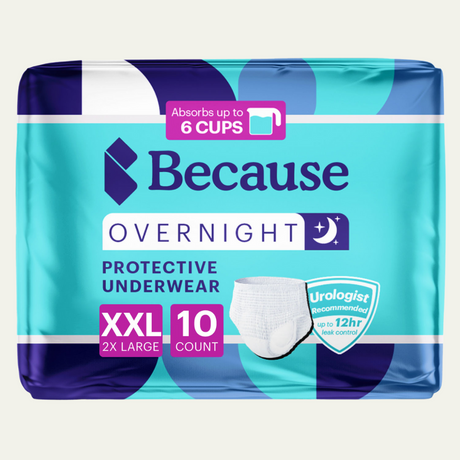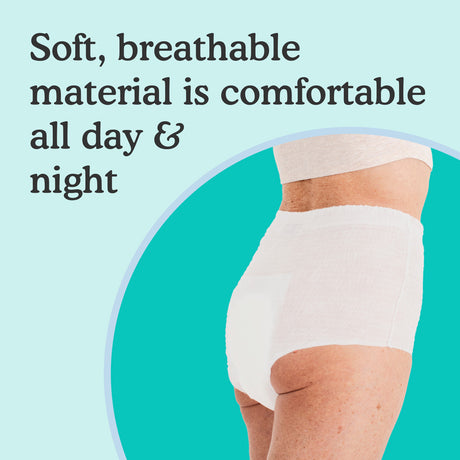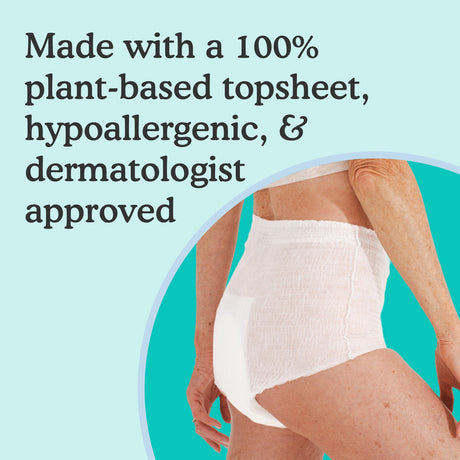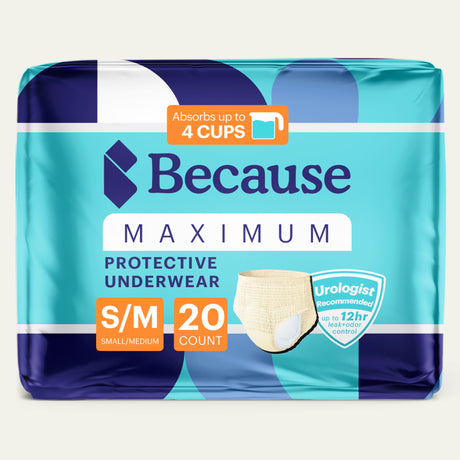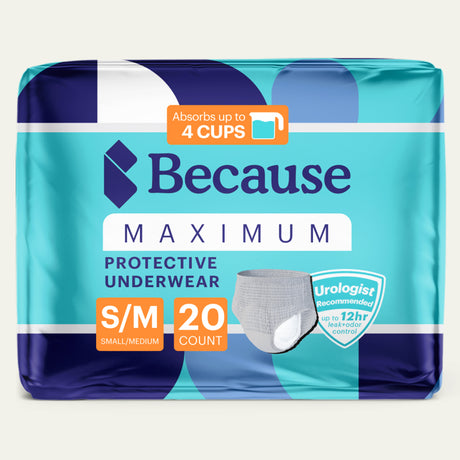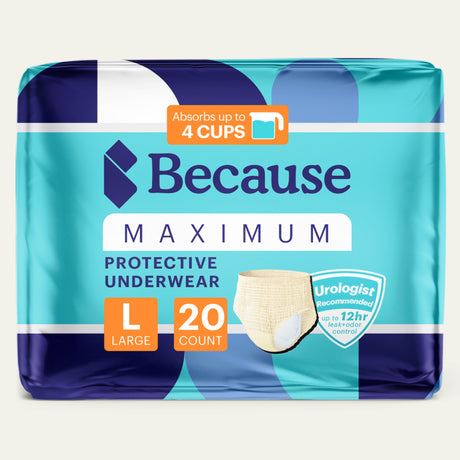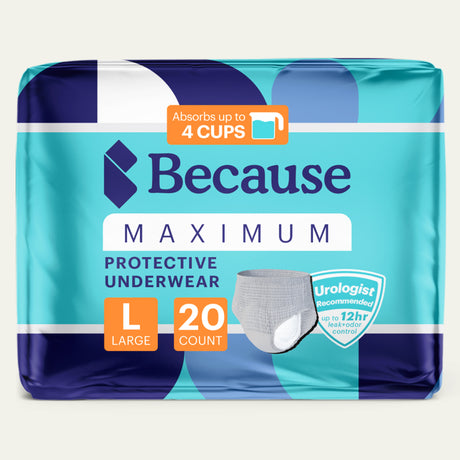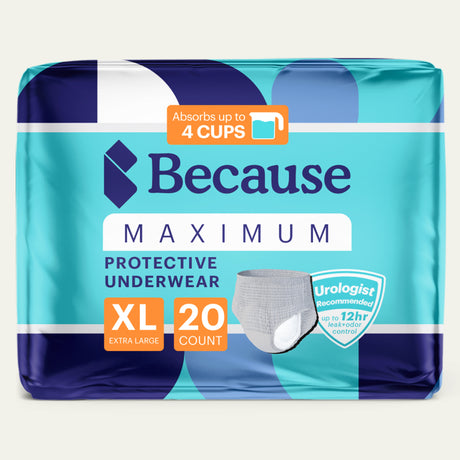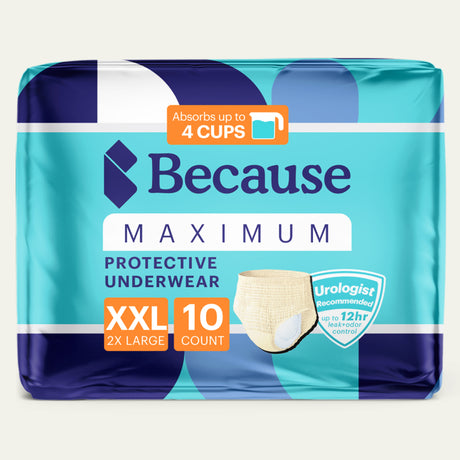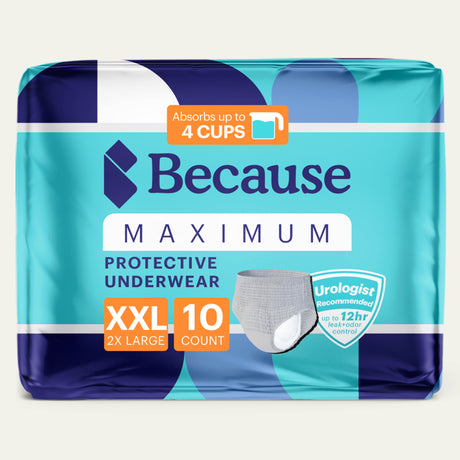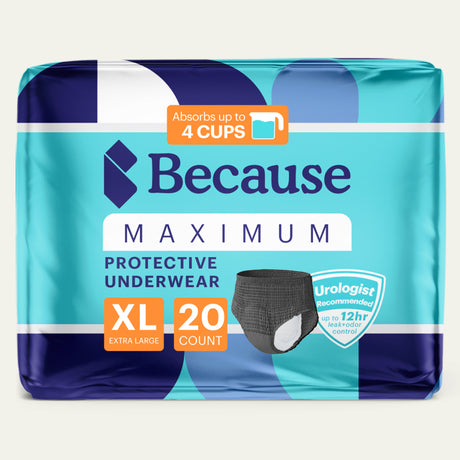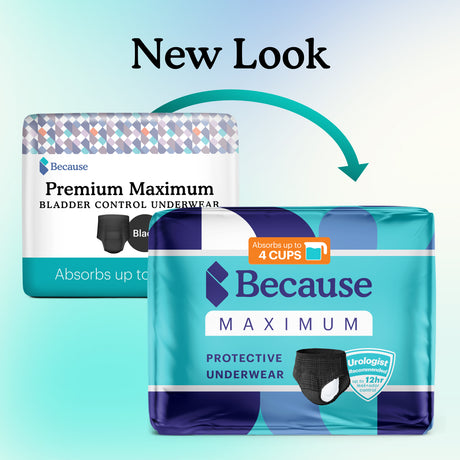Urinary incontinence (UI) is a medical condition that causes involuntary loss of urine, and one of the most common forms of UI is stress-related urinary incontinence. Doctors often recommend lifestyle changes and pelvic floor exercises to manage stress-related UI, but in some cases, these options fail to address symptoms. The good news is that other treatments, like medications and injections, are available. Bulkamid injections are one potential option for women with urine leakage due to stress incontinence.
What Is Bulkamid?
Bulkamid is a urethral bulking agent that doctors administer with an injection. The term ‘urethral bulking agent’ refers to how the injections bulk up one of the muscles controlling urine flow through the urethra. Urethral injections contain a gel made of 97.5% water and polymers called polyacrylamides. You’ll sometimes see medical professionals refer to Bulkamid as polyacrylamide hydrogel.
How Does Bulkamid Work for Urinary Incontinence?
To understand how injecting Bulkamid water-based gel helps incontinence, you first need to know how the urethra works and a bit about stress incontinence.
The urethra is a long tube connecting the bladder to the outside of the body. Two sphincter muscles control the flow of urine — one is where the urethra meets the bladder, and the other is just above the opening where urine flows out. When you get the urge to go to the bathroom, you relax these sphincter muscles, allowing urine to exit the body.
In people with stress incontinence or SUI, the muscles of the pelvic floor and the urethral sphincters become weak. The condition often occurs because of stretching that takes place during childbirth. Hormonal changes during menopause can worsen the problem, which is why many women over 50 develop stress incontinence. Although it’s more common in women, stress incontinence can also occur in men due to prostate enlargement and other underlying conditions.
When you have stress incontinence, the weakness of the urethral sphincters and pelvic floor muscles makes it more difficult for your body to contain urine when you exercise, laugh, sneeze, or cough. As a result, you experience bladder leaks.
During Bulkamid treatments, a medical professional injects the hydrogel into the tissue around the upper urethral sphincter. The injection increases muscle volume, strengthening the sphincter. Thanks to the additional volume, the muscle is more likely to stay tightly closed, and you’re less likely to have leaks.
Types of Urinary Incontinence Bulkamid Can Treat
The U.S. Food and Drug Administration approved the Bulkamid Urethral Bulking System only for treating stress urinary incontinence (SUI). There’s no evidence it may be effective for any other type of incontinence. However, there are other injectable treatments available for other forms of incontinence. For example, doctors may recommend Botox injections for an overactive bladder.
What Does a Bulkamid Procedure Entail?
Before undergoing Bulkamid, you’ll typically have a consultation appointment. During this initial appointment, your doctor will do a physical exam and review your medical history. They’ll also discuss the benefits and risks of Bulkamid therapy with you.
Bulkamid is a minimally invasive procedure typically performed in an outpatient surgical center or the office of a board-certified urologist. Your doctor will let you know if you need to do any special preparation, such as fasting for a certain number of hours before the procedure.
On the day of your procedure, your doctor will administer either general anesthesia or a local anesthetic at the injection site, so you feel comfortable throughout the process.
Once the general or local anesthesia takes effect, the doctor inserts a cystoscope device into your urethra. A camera on the cystoscope takes pictures of the urethra in real-time, so the doctor can see where to administer the injections. The doctor administers three to four injections into the urethral wall until the two walls are touching. Then, the doctor removes the cystoscope.
The actual Bulkamid procedure takes about 10-15 minutes. How long you’ll be at the surgical center or office depends on what type of anesthesia you get and other factors, like how much preparation time the doctor requires.
In many cases, women and men can return to normal activities the same day or the day after the procedure. Some people need more downtime to recover from the procedure and may take longer to return to normal daily activities, but this is rare. You’ll need someone to drive you home if you're undergoing general anesthesia.
How Long Does a Bulkamid Injection Last?

The benefits of Bulkamid injections aren’t permanent. In some people, the first injection provides only short-term results. They may see an initial reduction in the involuntary leakage of urine, but symptoms worsen again within a month or two. When this happens, doctors will administer a second injection about three months later and continue to perform injections as needed every three months after that. Most people see significant improvement after 3-4 injections. One study found that seven years after a complete round of Bulkamid injections, more than two-thirds of patients were cured of SUI, or their symptoms significantly improved, suggesting lasting benefits over time.
How Effective Is Bulkamid for Incontinence?
The makers of Bulkamid report that after one year of treatment, 92% of adult women no longer had symptoms of urinary stress incontinence or had only very mild symptoms. About two-thirds of women said they were dry.
What Are the Potential Risks and Side Effects?
Generally, Bulkamid has a good safety profile, and allergic reactions to the injections are uncommon due to the composition of the water-based gel. However, there are still some risks of mild to severe effects after undergoing the procedure.
During the first 24 hours after an injection session, a small proportion of the Bulkamid clear gel may leak out of your urethra. Due to the body’s natural inflammatory response, you may experience a burning sensation when you urinate. You may also notice a small amount of blood in your urine.
Some people also develop urinary urgency for 24 to 48 hours. Wearing incontinence pads can help you deal with leaks that arise due to increased urgency.
If swelling occurs, you may not be able to pass a good volume of urine for a day or two after the procedure. Should this happen, your doctor may insert a catheter to help the urine drain. Only about 1 to 8 percent of people require a catheter after Bulkamid hydrogel injections.
As with all surgical procedures, Bulkamid can cause infections. About 0.5 to 4 percent of people who undergo the procedure will develop a urinary tract infection. Your doctor may give you an antibiotic to reduce the risk of this occurring. Other rare side effects include pain at the injection site, bladder spasms, and cramping pain.
Is Bulkamid Right for You?

Maybe you have stress incontinence that continues to negatively impact your quality of life despite first-line treatments like physical therapy. In that case, you may be a good candidate for Bulkamid gel injections. A physician can help you decide if Bulkamid is your best treatment option.
Potential Alternatives to Bulkamid for Urinary Incontinence
Bulkamid is just one potential treatment for incontinence. Some other interventions include the following:
Pelvic Floor Exercises
Often, pelvic floor exercises are the first treatments that board-certified urologists and other medical providers recommend for stress incontinence. Exercises can strengthen the pelvic floor muscles, making leaks less likely. You might complete exercises at home or see a physical therapist who can supervise your rehabilitation.
Vaginal Pessary
A vaginal pessary is a medical device used to treat stress incontinence in women. It has a ring-like shape with two bumps that fit against the sides of the urethra. Once a doctor puts it in place, it supports the base of your bladder to reduce leakage.
Urethral Inserts
Urethra inserts are small medical devices that look similar to tampons. You insert them yourself and can wear them for up to eight hours. However, they should not be an all-day, everyday treatment. Typically, doctors recommend only using them while doing intense physical activities.
Sling Procedure
The sling procedure is the most common of the surgical procedures used to treat SUI. Sling procedures are a more invasive surgery than Bulkamid soft hydrogel and involve creating a support sling for the bladder using mesh, your own body tissue, or donor tissue.
Retropubic Colposuspension
During this procedure, a surgeon attaches sutures to the ligaments that secure the pelvic floor muscles to the pubic bone. This option provides increased support for the neck of the bladder to reduce leaks.
Dietary Supplements
Some people use dietary supplements and other stress incontinence treatments to support bladder health. Because Bladder Control Daily Supplement reduces leaks, urinary urgency, and nighttime urination within just seven weeks, as shown by clinical trials.
Does your loved one struggle with incontinence? Take our bladder protection quiz and get a sample pack to try.
If you're struggling with incontinence, join one of our private support groups today!
Women's Incontinence Support Group
Men's Incontinence Support Group
Sources:
Johal, N. S., Hamid, R., Hay, S., & Murphy, J. P. (2021). Safety and feasibility of Bulkamid® (urethral bulking agent) in the management of female stress urinary incontinence: A real-world, long-term study. Journal of Clinical Urology, 14(1), 27-31. https://www.ncbi.nlm.nih.gov/pmc/articles/PMC7839440/
Bulkamid. (n.d.). Bulkamid. https://bulkamid.com/en-US
Continence Matters. (n.d.). Bulkamid. https://continencematters.com/surgery-and-procedures/surgery-for-stress-urinary-incontinence/bulkamid/


